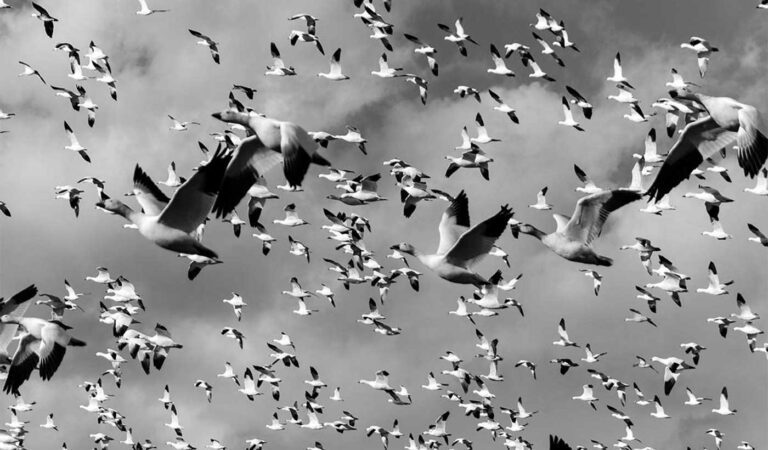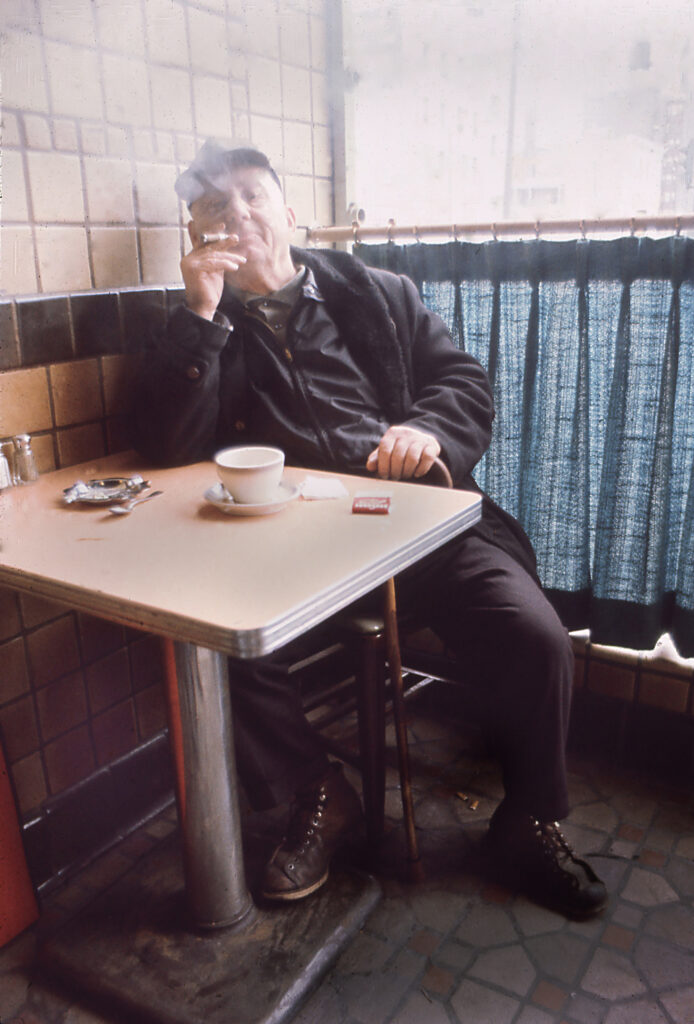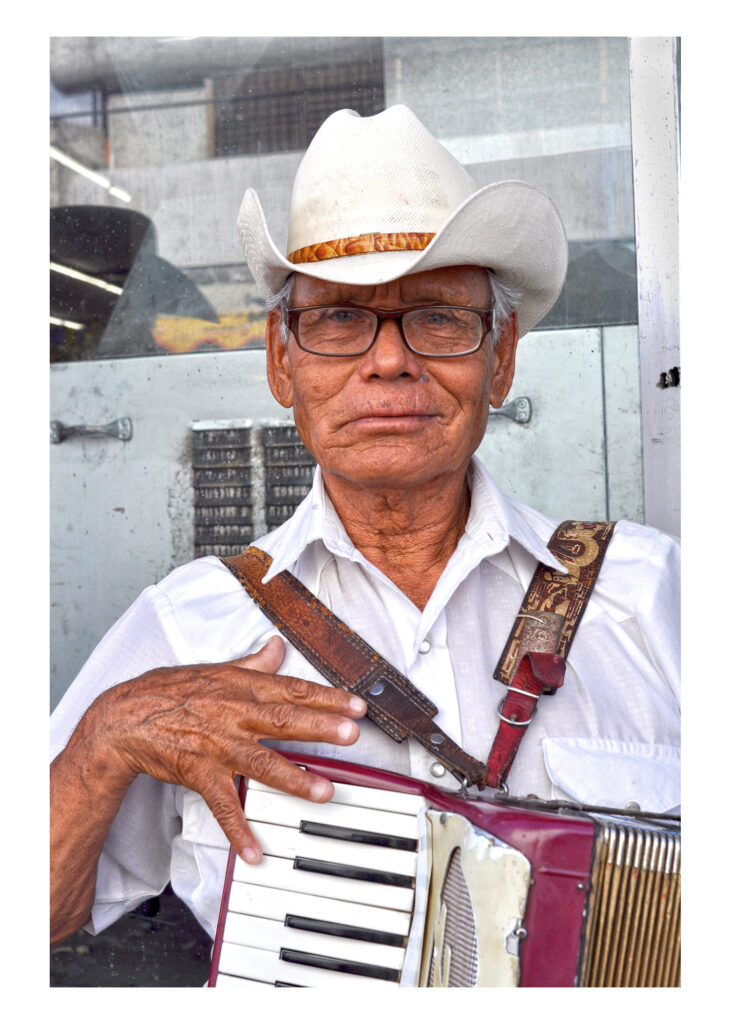It all started with that search of Humanity
Let’s explore those influences that shaped the visual language forever.

Photo by Dan Milnor, 2022
Documentary photography has been a stable of published media, it has been a reliable source since the past mid-century. Started as a documentation of events, a series of photographs that tells a chronicle of important events during a year in history. In the beginning, this form of record was held in private communities in Europe, often held by a group of travelers and adventures looking forward to sharing their sightings with the world through photographs. This practice went hand in hand with newspapers and the rise of magazines. A prime example of this practice was the foundation of Life magazine, which consisted of showing the American people other cultures from the world, all through pictures.
But, Life wouldn’t be the first to show how the world looked like. In England, in 1897, Sir Benjamin Stone created the National Photographic Record Association, to collect images from a variety of topics, including how agricultural life worked, objects, and more regarding English culture. Thanks to this collection which ranges from over 6,000 images from the 19th century, today we can appreciate the day in life of British people from over 2 centuries ago. This is indeed a record that may hopefully last forever and as a form to understand how the world was through the lenses of 19th-century cameras.
Going back to that era of adventures, French photographer Maxime Du Camp was one of the first to properly record an expedition. He went the extra mile to ask the French state to commission an expedition to Egypt, and his album Egypt, Nubia, Palestine, and Syria: Photographic Pictures Collected During the Years 1849, 1850, and 1851 was the first to document and sort of tell a story of his expeditions.
In the United States, the form of records that Stone has previously performed in the 19th century was recently employed for the Farm Security Administration Photo Project. The FSA was a New Deal agency created to combat puberty in rural areas in 1937. During the lifespan of this agency and throughout the Great Depression, impactful images over this period were all over the place. This is why a photo project has been released documenting how life was in America throughout the Great Depression, but most importantly how poor rural areas handled these events. The Farm Security Administration not only helped farmers resettle lands and soil but has also helped to record these moments in history.
In an extension of what the Farm Security Administration Photo Project has done, another program has been recently done. Commissioned by the United States Environmental Protection Agency, Documerica consists of a collection of American cities affected by pollution and other environmental contaminations. This is to raise awareness of these issues through photography. This sort of collection has proven to be useful not only for recordings and documentation of issues but also record aspects of life. This is something that documentary photography should always aim forward, showing realities in life through a camera lens.
This can be tied directly to the cruelty that American labor faced at the beginning of the 20th century. Lewis Hine is a well-known photographer of the era thanks to his documentary project. Hine was able to record around 5,000 photographs of American child laborers from 1908 to 1924. The majority of these portraits of children have a story behind and the project has consistently tried to gather information regarding the people in each photograph. The Lewis Hine project is important for documentary photography in general since the main spotlight is the purpose and the story behind these 5,000 photographs. Hine is the prime example of what a documentary photographer should look forward, let the pictures and the people in those pictures tell their stories, tell perspectives on anything regarding a certain topic or situation they may live in.
Examples of Documentary Photographers:
A contemporary photographer who is exactly doing this is Cian Oba-Smith who first started doing street photography but has shifted his work to portraying those small communities and cultures often misrepresented by media. For example in his project Andover & Six Acres looks over the current life of small communities that were affected by that drug and gang wave during the 80s and 90s, this project looks over their current situation and aims to rediscover a culture that has been misrepresented in recent years.

Following up with these small communities not getting the full attention of our current society. Photographer Ansel Adams is well recognized for his work on the Manzanar relocation center during World War II. Regarded as one of the smallest concentration camps, where many Japanese-Americans were relocated after the Pearl Harbor attack, in this collection of photographs one can see first-hand how lives and Japanese culture were practiced in these camps. Adams did the job of telling this story through the actions in activities and artifacts from the time.

Donna Ferranto is another well-known documentary photographer thanks to this incredible way of telling an anecdote through a camera lens. She has focused on many aspects of family life in the United States, including abusive behaviors. This is why these topics were the star of her project Living with the enemy, a collection of photography taken during the 90s depicting situations and a variety of aspects regarding children being the first witness to abuse. Personally, these photographs are shocking to me since this is unfortunately situation that is still happening throughout the world. Ferranto has a good eye to strike the perfect scene for every photograph from this collection.






